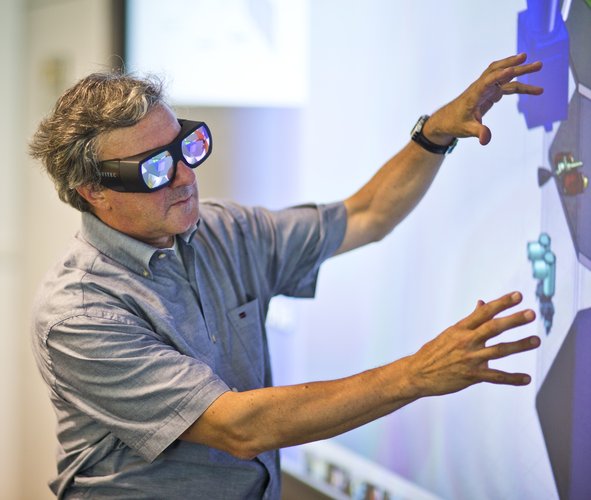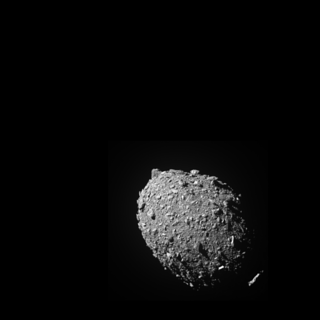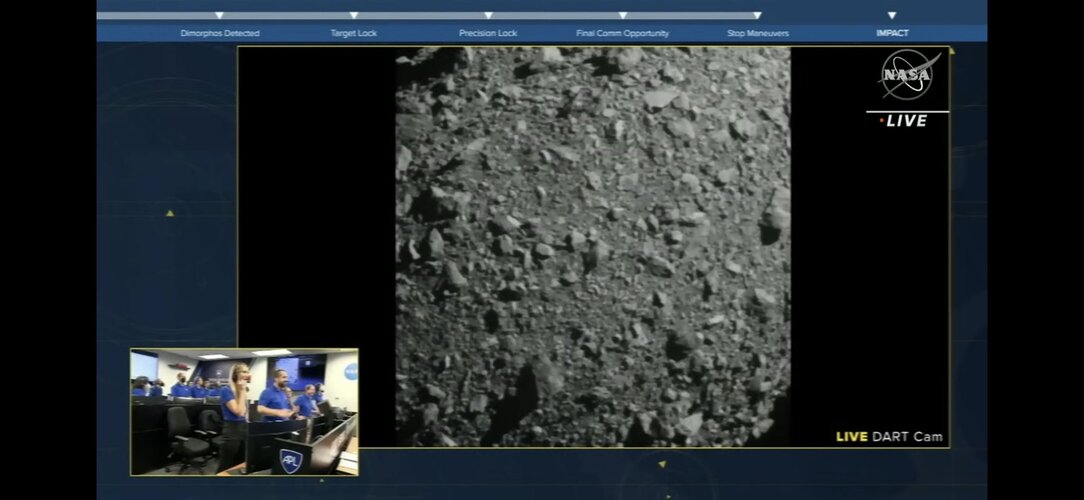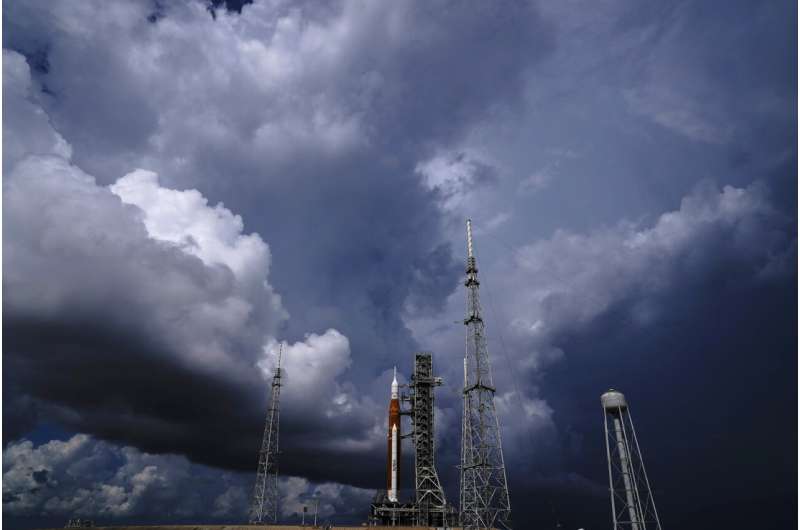
Copernical Team
Mission seeks to test technology to mitigate potential asteroid or comet impacts of Earth
 NASA's Double Asteroid Redirection Test (DART) spacecraft successfully hit its target Sept. 26, and now scientists are analyzing to what degree the kinetic impact changed the trajectory of Dimorphos, the asteroid moonlet of Didymos.
The mission is a test to see if hitting a body headed for Earth with a small spacecraft could redirect the threat away from us.
Five Planetary Science In
NASA's Double Asteroid Redirection Test (DART) spacecraft successfully hit its target Sept. 26, and now scientists are analyzing to what degree the kinetic impact changed the trajectory of Dimorphos, the asteroid moonlet of Didymos.
The mission is a test to see if hitting a body headed for Earth with a small spacecraft could redirect the threat away from us.
Five Planetary Science In ESA business boosts small space companies

ESA continues to break down barriers and create more opportunities for small companies to get involved in space. Start-up companies and small enterprises offer agile and bespoke development adding value to Europe’s future space economy.
Webb’s icy instrument reveals complex structures
 Image:
Image:
These spectacular images feature the spiral galaxy IC 5332, taken by the NASA/ESA Hubble Space Telescope (left) and the NASA/ESA/CSA James Webb Space Telescope (right). The images display the powerful capabilities that both world-leading space telescopes provide, especially when combining their data.
The Webb image shows the spiral galaxy in unprecedented detail thanks to observations from its Mid-InfraRed Instrument (MIRI). IC 5332 lies over 29 million light-years from Earth, and has a diameter of roughly 66 000 light-years, making it a little larger than the Milky Way. It is notable for being almost perfectly face-on with respect
After DART comes Hera
 Video:
00:02:52
Video:
00:02:52
The night of 26 September 2022 will make space history - as the moment when NASA's DART spacecraft impacts the Dimorphos asteroid in an attempt to divert its course - humankind's first planetary defence test. Next, in 2024, ESA launches its Hera spacecraft to investigate the post-impact asteroid. In fact, Hera is not one spacecraft but three: it carries with it ESA's first deep-space CubeSats to make extra observations of its target.
With the Hera mission, ESA is assuming even greater responsibility for protecting our planet and ensuring that Europe plays a leading role in the common effort
NASA’s DART Mission Hits Asteroid in First-Ever Planetary Defense Test
 After 10 months flying in space, NASA’s Double Asteroid Redirection Test (DART) – the world’s first planetary defense technology demonstration – successfully impacted its asteroid target on Monday, the agency’s first attempt to move an asteroid in space.
After 10 months flying in space, NASA’s Double Asteroid Redirection Test (DART) – the world’s first planetary defense technology demonstration – successfully impacted its asteroid target on Monday, the agency’s first attempt to move an asteroid in space. 'A new era': NASA strikes asteroid in key test of planetary defense
 NASA's DART spaceship on Monday struck the asteroid Dimorphos in a historic test of humanity's ability to prevent a cosmic object from devastating life on Earth.
Impact occurred at 7:14 pm Eastern Time (2314 GMT), 10 months after the Double Asteroid Redirection Test probe blasted off from California to carry out its first-of-a-kind experiment.
"We're embarking on a new era, an era in whi
NASA's DART spaceship on Monday struck the asteroid Dimorphos in a historic test of humanity's ability to prevent a cosmic object from devastating life on Earth.
Impact occurred at 7:14 pm Eastern Time (2314 GMT), 10 months after the Double Asteroid Redirection Test probe blasted off from California to carry out its first-of-a-kind experiment.
"We're embarking on a new era, an era in whi Hera team congratulates NASA asteroid impactors

ESA’s Hera mission team congratulates their counterparts in NASA’s DART mission team for their historic impact with the Dimorphos asteroid. Moving at 6.1 km per second, the vending-machine-sized Double Asteroid Redirect Test spacecraft struck the 160-m diameter asteroid at 01:15 CEST (00:15 BST) in the early hours of Tuesday morning, in humankind’s first test of the ‘kinetic impactor’ method of planetary defence.
Direct impact or nuclear weapons? How to save Earth from an asteroid
 NASA's DART mission to test deflecting an asteroid using "kinetic impact" with a spaceship is just one way to defend planet Earth from an approaching object - and for now, the only method possible with current technology.
The operation is like playing billiards in space, using Newton's laws of motion to guide us.
If an asteroid threat to Earth were real, a mission might need to be lau
NASA's DART mission to test deflecting an asteroid using "kinetic impact" with a spaceship is just one way to defend planet Earth from an approaching object - and for now, the only method possible with current technology.
The operation is like playing billiards in space, using Newton's laws of motion to guide us.
If an asteroid threat to Earth were real, a mission might need to be lau In new setback, hurricane forces Moon rocket into storage
 NASA's Artemis 1 rocket - waiting to blast off on a delayed mission to the Moon - will be rolled back into its storage hangar Monday night, the space agency said, as Florida braces for Hurricane Ian.
The move, to protect the rocket from strong winds and heavy rain forecast for the Kennedy Space Center, will cause further setbacks for the uncrewed Moon mission, which was scheduled to launch
NASA's Artemis 1 rocket - waiting to blast off on a delayed mission to the Moon - will be rolled back into its storage hangar Monday night, the space agency said, as Florida braces for Hurricane Ian.
The move, to protect the rocket from strong winds and heavy rain forecast for the Kennedy Space Center, will cause further setbacks for the uncrewed Moon mission, which was scheduled to launch Hurricane forces NASA moon rocket to shelter; launch on hold

Hurricane Ian is prompting NASA to move its moon rocket off the launch pad and into shelter, adding weeks of delay to the lunar-orbiting test flight.

